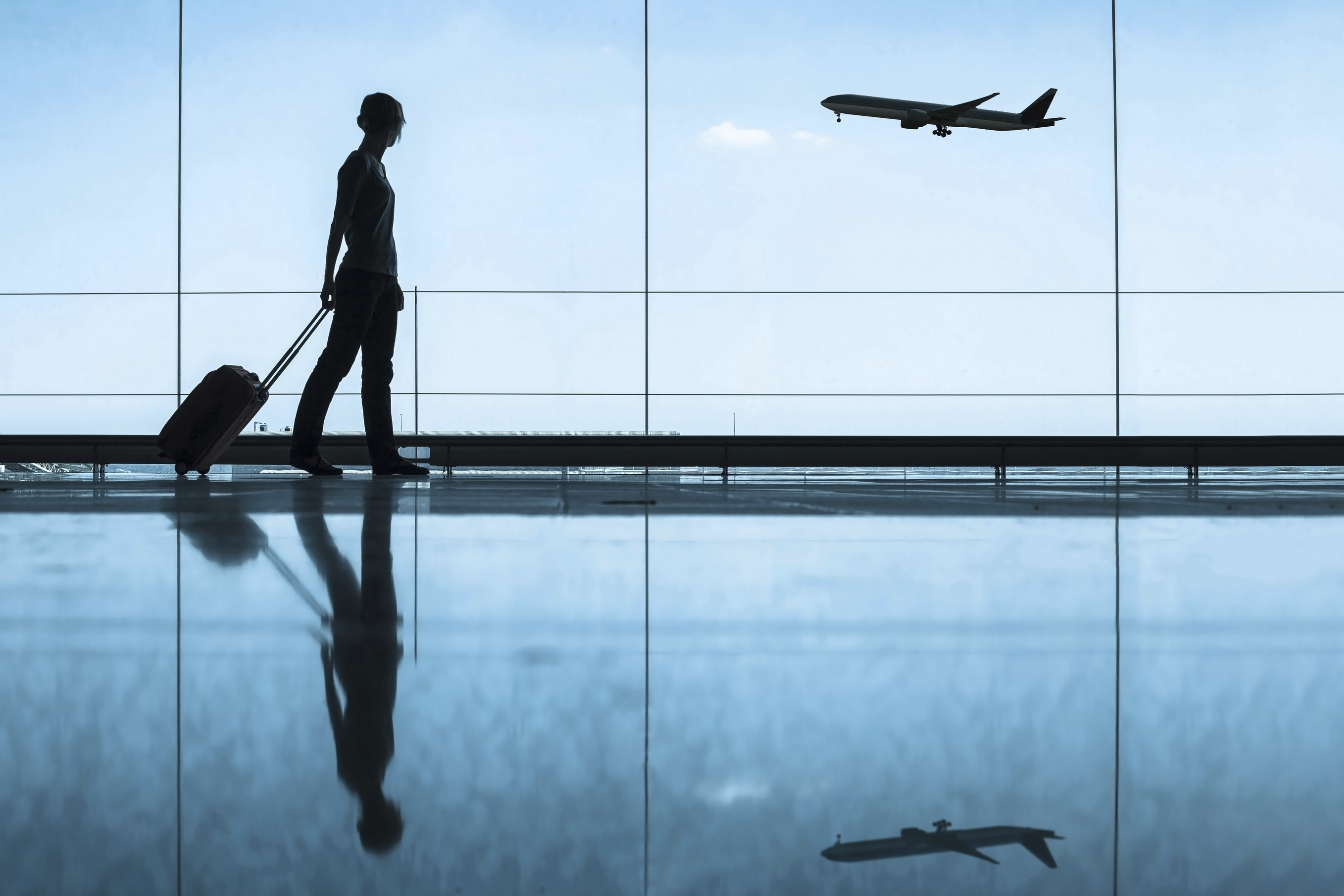
SCOTS could save hundreds of pounds on the cost of their holidays after it emerged a cut to Air Passenger Duty is now set to get the go-ahead.
The SNP have long campaigned for a 50% cut in APD when Holyrood takes control of the tax in 2018.
But the party currently does not have enough votes to get the move passed by Holyrood as the Greens, Lib Dems, Labour and Tories were against the tax cut in their Holyrood manifestos.
However, The Sunday Post has learned the Tories are set to drop their opposition to cutting APD in the wake of the shock Brexit vote, with the party now finding the economic arguments for the move more convincing.
It is expected the cut will be unveiled in the 2017/18 budget, the first under new Finance Secretary Derek Mackay.
The plan to cut the “tourism tax” could save families hundreds on the cost of a holiday and bring in an estimated one million passengers to the country every year with airlines promising a raft of new routes if it was cut.
But opposition parties are against the move on environmental grounds and the fact the cut would do little for the finances of the poorest in society.
Addressing MSPs on Holyrood’s Europe committee, Edinburgh Airport chief executive Gordon Dewar argued an APD cut was even more vital in the wake of the vote to leave the EU.
He said: “We have talked a lot about negotiating over months and years to get to an outcome, but we can do one thing that is quick and internationalist, which is just to follow the existing Government policy and halve air passenger duty.
“That would have a low cost but it would reverse what we are hearing about airlines moving investment away from the UK and would, almost overnight, result in significant growth that would benefit the economy and jobs in 2017, never mind the 2020s or 2040s.
“That is what we should do if we want to stand out as being internationalist, open for business and welcoming.”
Because APD is levied on “departures”, passengers are often unfairly penalised if they have to change flights elsewhere in the UK, with the levy adding around £50 to the cost of a trip to Spain for a family of four or £275 for a holiday in Florida.
The Greens are against the cut on environmental grounds and Labour want to keep APD at the same rate and use the cash on public services.
Tory MSP Murdo Fraser said: “We were not convinced of the arguments for a cut in APD and the economic advantage of going down that road.
“We were more interested in other routes such as income tax but will take a view when we have a firm proposal in front of us from the government.”
The Scottish Government plans to phase in the tax cut, with the reduction in full not due for take-off until 2021.
This has upset airlines and business leaders who want it introduced in 2018.
A majority of respondents to a recent Scottish Government review of APD were in favour of the cut and Mr Mackay said: “This is a fundamental component of our efforts to boost Scotland’s economy through improving international connectivity and generating sustainable growth.”
Analysis
THE Tories opposing tax cuts was always a bit counter-intuitive so it is perhaps no surprise they are set to change tack on the thorny issue of cutting Air Passenger Duty.
It wasn’t a big thrust of their Holyrood campaign and, crucially, they will be able to trade support for the move for other concessions in the SNP’s first post-election budget.
The SNP government of 2007 to 2011 produced some of the more interesting and concession-heavy budgets and we’ll see a return to these days, of sorts, in the coming years given the Nationalists no longer command a majority.
However, nobody is likely to squeeze as much out of the budget process as the late and dearly missed independent MSP Margo MacDonald – apprentice stonemasons and extra money for a dry ski slope were two of her more esoteric demands for backing the budget.
Away from the horse trading, the next budget will be concentrated on taxes. APD is now likely to be more straightforward but the real battleground will be income tax.
READ MORE
Nicola Sturgeon confirms plan to scrap air passenger duty
One in three Scots ‘favour Brexit deal wait before independence poll decision’

Enjoy the convenience of having The Sunday Post delivered as a digital ePaper straight to your smartphone, tablet or computer.
Subscribe for only £5.49 a month and enjoy all the benefits of the printed paper as a digital replica.
Subscribe